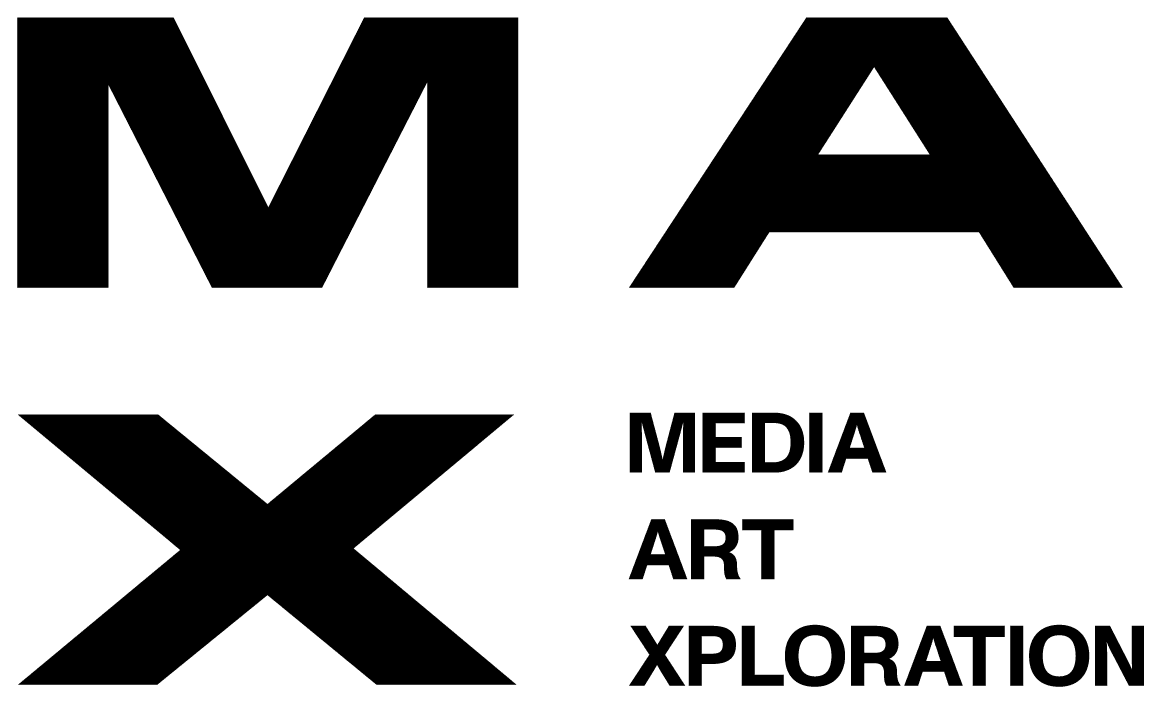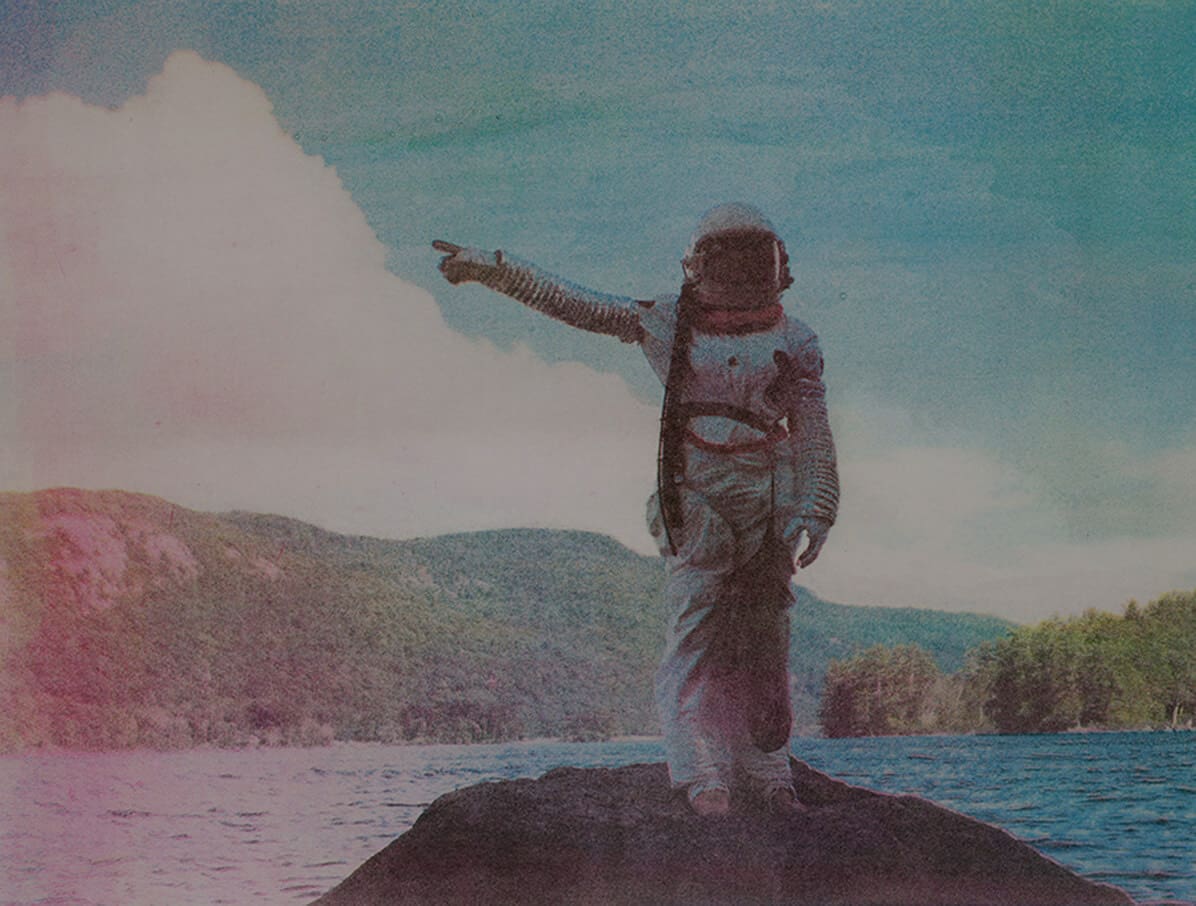 The first sign of artistic activity occurred in the caves about 30,000 years ago according to current science. When he or she or they started to use art as a means of expression in that cave is the moment when archeologists and anthropologists claim homo sapien became modern ‘man.’ Art defines our very place on the timeline of evolution. It’s always been about investigating the human experience and searching for the truth and beauty therein.
The first sign of artistic activity occurred in the caves about 30,000 years ago according to current science. When he or she or they started to use art as a means of expression in that cave is the moment when archeologists and anthropologists claim homo sapien became modern ‘man.’ Art defines our very place on the timeline of evolution. It’s always been about investigating the human experience and searching for the truth and beauty therein.
Science is certainly also rooted in searching and in this scientific age we look at it to explain the universe. Artists and scientists are both seekers, examining and re-examining the world until they uncover something that illuminates it! They ask the essential questions to find enduring truths. Scientists look for HOW we are here and HOW we can make it better, artists look for WHY we are here and WHAT beauty we are capable of. In this age of uncertainty, their curiosity and belief that the answers are out there sustain us. In this age of isolation, partly brought on by scientific advancement, asks if artists can draw from and investigate those advances, bring people together for a shared experience that could change the world?
At MAX (Media Art Xploration) it’s our belief that live arts can provide pathways through this technological age. As an audience of a musical or group of participants in an immersive game, we can take a journey that illuminates the world and connects us to one another. Live arts offer a shared experience which are particularly important to help us forge a livable future together.
When I founded MAX last year, it was important to me that we create opportunities for a shared experience…because shared experiences are the only way to reinvent our world. We bring people together to get immersed in work that explores how science has or could change our universe. If we all feel more informed and engaged, our conversations move beyond fear and create constructive critical dialogue. The collective imagination can be ignited rather than quieted by division and ignorance. And most importantly we can have fun in the same room in real-time considering the light speed advances happening all around us!
Our first festival, MAX 2019: A Space Festival, lands in San Francisco May 16–18 at the Exploratorium, California Academy of Sciences, Z Space, and San Francisco Playhouse. It came about as a response to the work I did with engineers on a piece of software to facilitate work in the rehearsal rooms where playwrights, directors, and actors can all instantaneously access script changes thus facilitating the creation of new plays. Both groups made interesting discoveries about one another: The entrepreneur and engineers were shocked by how many theater artists feared the use of technology in their lives; my team was shocked by how some of the engineers were unable to relate to the open ended and subjective quest of the artists for truth and beauty. The result of these revelations was the idea of bringing together artists and humanists with scientists and technologists to a shared table, and bring a live audience in the room to partake and be inspired—to connect over these challenges and imagine the potential and interrogate the peril.
Following this mission, it has certainly been a fruitful endeavor—here’s a little more about what you can expect:

Janani Balasubramian’s Heisenberg represents the essence of the Space Festival—an augmented reality game where you take a tour of the early universe and collectively look at our current uncertainty. How cool is that?

We discovered artist-engineer, Alexander Reben, at Stochastic Labs and heengaged dancer-choreographer Alice Shepphard, who together have the imagination to see that technology can expand artistry while artistry shines a light on that technology. (Pas de Deux, May 16 & 18 at the Exploratorium)
The youth on the rosebud reservation explored their traditional Sioux Star Knowledge over two workshops, at the Cal Academy, with our teaching artists. They also created amazing photomurals and a multimedia show expressing their ancient idea that the heavens and earth mirror each other.

Jazz musician Ethan Lipton and his orchestra bring up the simple questions about space travel: if you colonize another planet with your spouse would marriage be different on Mars? Well, yes and no!
Tye Olson and the Extraterrestrial Drag Invasion taps into the tradition of outer space themes in drag! 
Additionally, pieces of canvas—painted by children at Memorial Hospital in Houston that went to space in a Blue Origin rocket—will land at Z Space to be reassembled into a painting by Houston-based artist Edgar Medina on May 18 at the Final Frontier, our closing night festivity.
At Final Frontier, you can also have your first DNA cocktail which will bring you to the threshold of our next festival on Neuroscience, AI, and the human machine interface.
Why did we choose the San Francisco Bay Area for the first MAX Festival?
It’s an agile place. Collaboration comes naturally in SF so when we approached our partners, they listened rather than showing us the door. Institutions like the Exploratorium truly foster exploration and are full of wonder. Scientists like Penny Boston, Director of the NASA Astrobiology Institute, and Sanjoy Som at Blue Marble Space Institute of Science, were inspired by the idea of this festival. Then they inspired us! It was during an early phone call when Penny Boston said, “Kay, you should have a poetry slam!” then I thought about Youth Speaks: a partnership with them could allow us to weave science into poetry and bring together new voices that could result in more diverse science AND art labs in the future! Thankfully, two San Francisco foundations, the Mary A. Crocker Trust and the Awesome Foundation, joined several national foundations, and helped us toward that goal!
At the core of our mission is to engage as many communities as possible so that we are all united under one sky at MAX 2019: A Space Festival. That is precisely why there is a range of work—it’s not curated for simply one type of person—and we are willing to take that risk in order to expose high-impact ideas to a wide range of people.
The tech world is starting to look inward and join the quest for answers about technology and its promise and peril. We hope they, along with other curious minds, will come and take a look at some of the work we’re doing during the Festival. Come share a tour of the early universe and possibly find paths out of our current uncertainty!
We hope you’ll join us on our ride at the intersection of live arts and science.
Top Image: Christine Zuercher
_____________________________________________________________________
Kay Matshullat is the producing director of MAX 2019: A Space Festival and the founder of MAX (Media Art Xploration, Inc.)—the non-profit dedicated to the cultivation and presentation of performing and media arts with the goal of increasing artistic exploration and humanistic inquiry into the light-speed advances of science and technology. She spends her time thinking all things at the intersection of live arts and science when not teaching at Harvard College. Matschullat most enjoys creating space for artists and scientists to change the world.
A magna cum laude graduate of Harvard College and recipient of a Master of Arts degree from NYU, Matschullat’s awards include: an NEA Directing Fellowship, a TCG Fellowship, a Rubin Foundation Production Grant, a Fulbright Senior Fellowship, Harvard’s Rudolf Arnheim Award for Interdisciplinary Work and a nominee for the . As an artist and educator, Matschullat served on NYU’s Tisch full-time faculty for over two decades. She has taught at Princeton University’s Theater and Dance program, held artistic residencies at Dartmouth College, Harvard College, CALARTS, SCAD, and Duke University. She is currently a lecturer at Harvard College where this week she is overseeing Spacewoman of the Underground’s dig from Harvard Yard to the other side of the planet in preparation for her installation at the Exploratorium (who knew you can’t dig a hole in San Francisco unless you were a Hasmat suit!).
Learn more about Kay.

